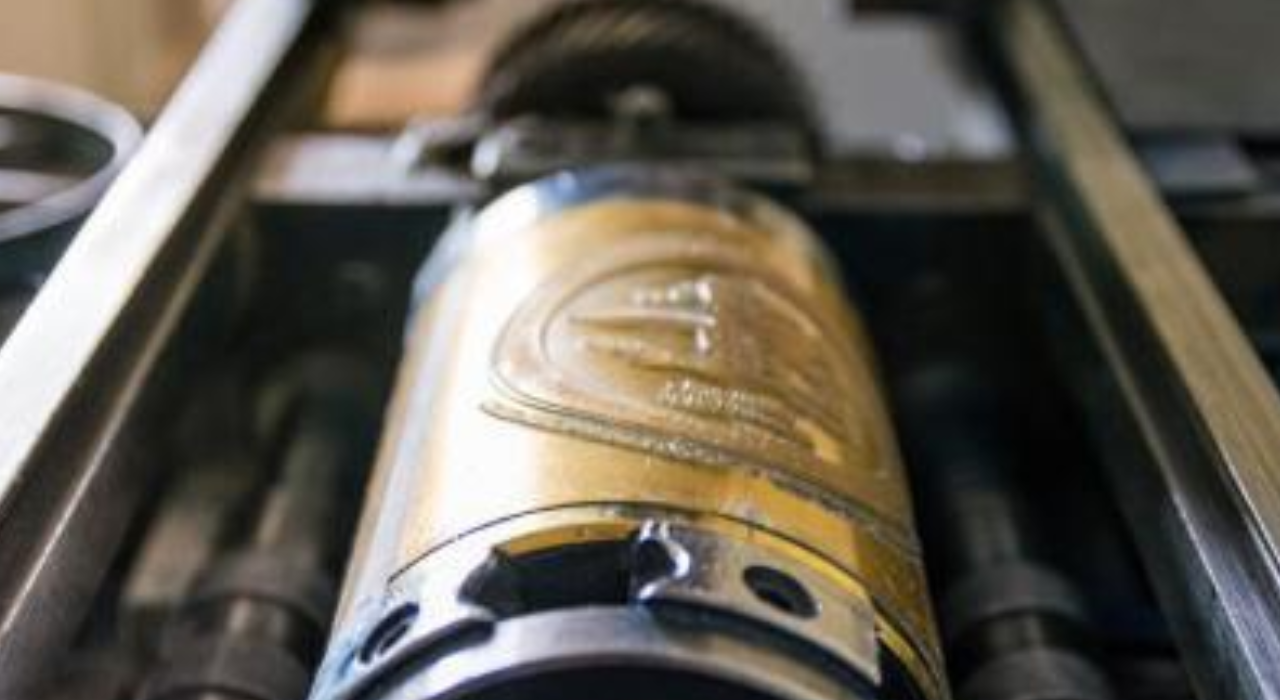A rotogravure cylinder is a pivotal thing in the rotogravure printing technique, renowned for its ability to deliver wonderful, designated prints at high speeds. This cylindrical tool serves as the muse for shifting ink onto various substrates, ranging from paper and plastic to metal foils and textiles, with exceptional precision and consistency. Made from a sturdy metallic core, rotogravure cylinders are meticulously covered with a layer of copper, which undergoes complex engraving tactics.
These techniques involve etching microscopic cells into the copper surface, each designed to keep and transfer ink onto the substrate. The depth and arrangement of these cells determine the ink’s density and, in the end, the quality of the printed picture. To enhance durability and stand up to wear over extended use, rotogravure cylinders are also protected with chromium plating.
This protective layer ensures durability and keeps the cylinder’s integrity via numerous printing cycles, making it suitable for high-quantity production environments. The rotogravure cylinder are engineered to meet the disturbing necessities of present-day printing industries, where excessive-resolution images, vibrant colorings, and regular print pleasure are critical.
Factors That Make Rotogravure Cylinder Suitable For High-Volume Production
Precision Engineering and Construction
Rotogravure printing cylinders are meticulously engineered for precision and durability. Normally composed of a strong metal core covered with a layer of copper, these cylinders go through complicated engraving procedures. The copper floor is meticulously etched with tiny cells that hold ink, taking into account specific control over ink transfer. To enhance longevity and defend against being put on, a layer of chromium is applied.
This robust construction ensures that rotogravure cylinders preserve their integrity over hundreds of thousands of impressions, imparting regular and excellent prints. The satisfactory engraving capabilities of these cylinders enable them to reproduce elaborate designs and particular pix with intricate readability and resolution, making them imperative for packages requiring precision and reliability in excessive-extent manufacturing environments.
High-Speed Printing Efficiency
Rotogravure printing excels at high-velocity printing due to its non-stop rotary operation and efficient ink transfer mechanism. The cylinders rotate constantly, allowing speedy printing without the forestall-and-begin cycles of other techniques. This continuous movement permits seamless manufacturing at excessive speeds, vital for meeting the demands of large-extent printing. Moreover, rotogravure cylinders facilitate excessive ink transfer charges due to their finely engraved cells and unique physician-blade machine.
This mixture ensures that the proper quantity of ink is applied uniformly throughout the substrate, preserving constant print quality even at high production speeds. Additionally, the rapid drying characteristics of rotogravure inks contribute to efficient throughput, allowing quick processing and handling of revealed substances. Ordinarily, those elements make rotogravure printing cylinders exceedingly green for attaining rapid production quotes while preserving exceptional print quality and consistency.
Consistent Quality across Long Runs
Rotogravure printing cylinders are famed for their capacity to hold steady print exceptional across long manufacturing runs, making them essential for high-quantity printing programs. The precision engraving of the cylinders ensures uniform ink distribution, resulting in consistent color depth and picture sharpness in the course of the whole print task. The sturdy production of rotogravure cylinders, along with the metal center and chromium plating, complements their sturdiness and toughness.
This sturdiness minimizes wear and tear, making sure that the cylinders hold their integrity over tens of millions of impressions without compromising print quality. Moreover, the precise control over ink software furnished via the health practitioner blade system contributes to steady consequences. With the aid of scraping off excess ink, the machine ensures that the preferred amount remains within the engraved cells, stopping ink buildup and retaining readability in prints.
Versatility in Substrate Compatibility
Rotogravure printing cylinders showcase extraordinary versatility in their compatibility with a huge variety of substrates, making them perfect for various printing applications. Those cylinders can efficiently print on numerous materials, such as paper, plastic films, steel foils, and flexible packaging materials. Their capability to accommodate distinctive substrate thicknesses and surface textures guarantees constant and outstanding prints across unique substances.
This versatility is critical for industries that include packaging, where exceptional substrates require specific printing requirements to ensure product sturdiness and aesthetic enchantment. Moreover, rotogravure printing’s capability to handle exceptional substrates extends its software to ornamental printing, textiles, and even protection printing, in which particular cloth properties ought to be met without compromising print quality or durability.
Conclusion
Rotogravure printing cylinders are vital for high-quantity manufacturing because of their precision engineering, high-speed efficiency, steady quality, and versatility in substrate compatibility. Those cylinders enable the manufacturing of awesome, specific, and durable prints throughout numerous industries, from packaging and publishing to decorative and security printing. As the era continues to develop, the competencies and efficiency of rotogravure printing cylinders are poised to develop, making sure their ongoing significance in large-scale business printing applications.
